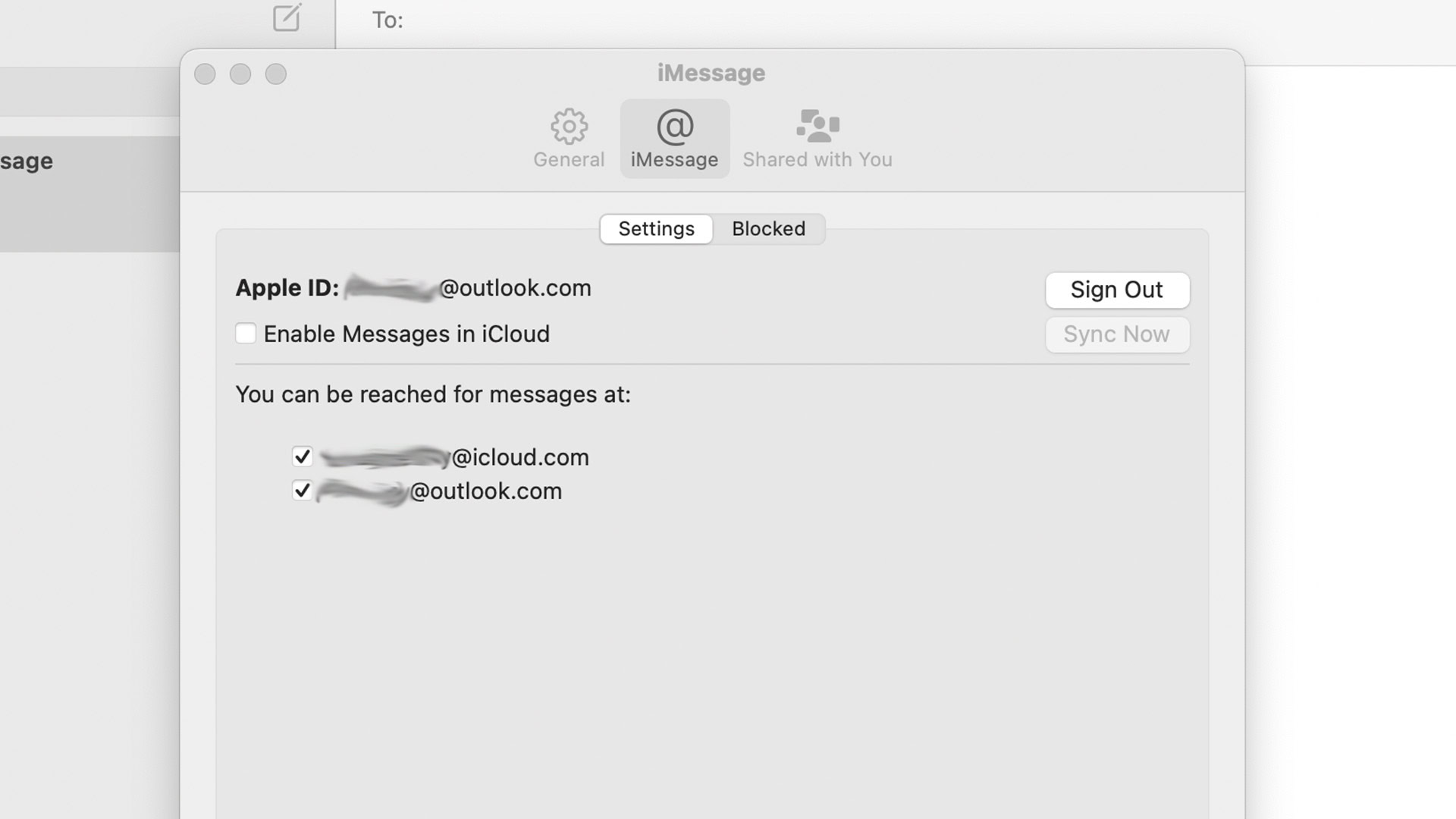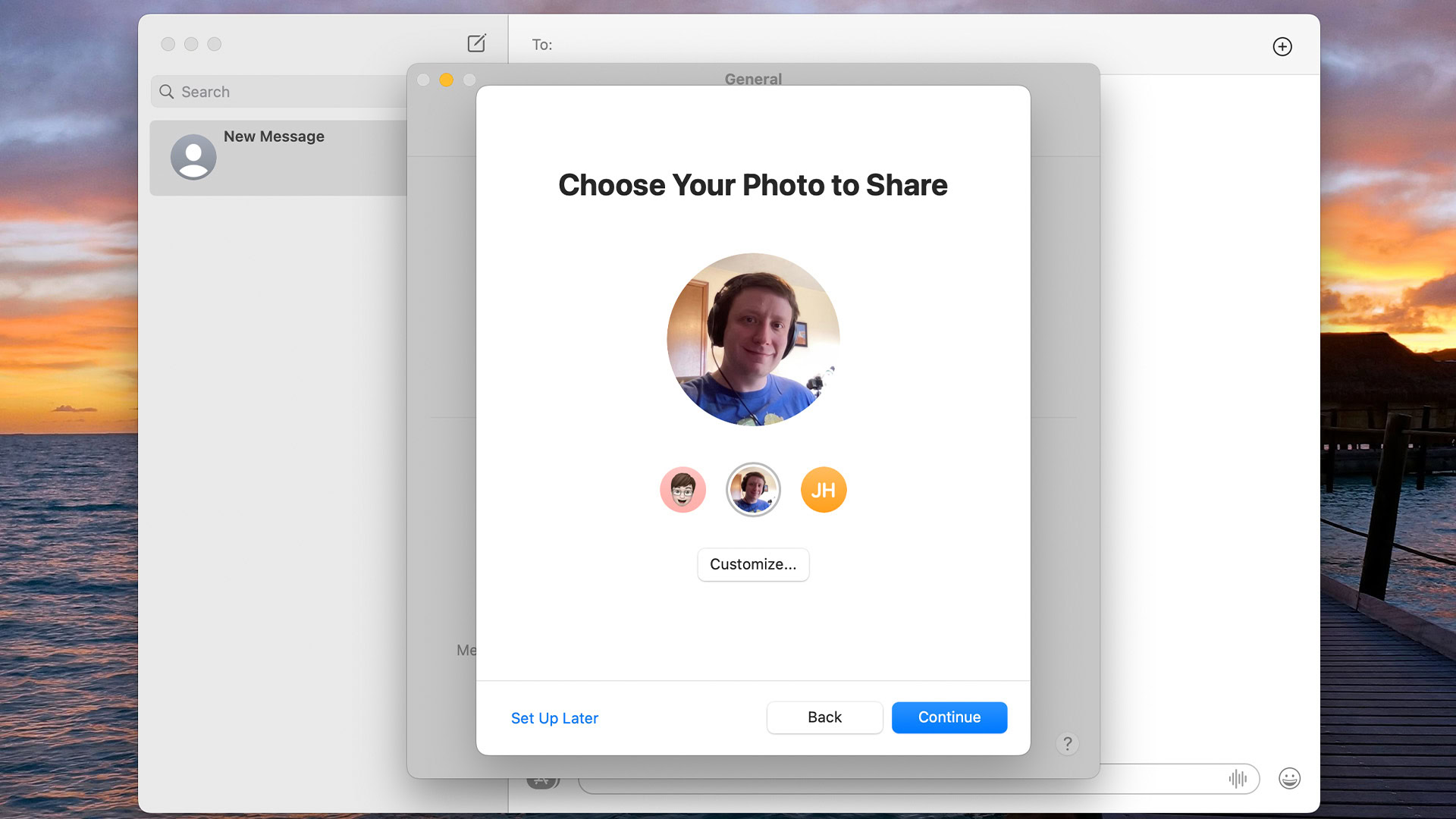Affiliate links on Android Authority may earn us a commission. Learn more.
How to set up and connect iMessage on any Mac
Published onSeptember 1, 2022
iMessage is one of the better reasons to even own Apple products. It integrates seamlessly between iOS and macOS, it has plenty of features, and it works well. You’ll almost certainly use it on an iPhone first, and that’s why you’re here. It’s easy to set up and connect iMessage on Mac. Let’s you set up real quick and on your way.
QUICK ANSWER
To connect iMessage to Mac, first, sign in to your Apple ID. After that, open the Messages app. In the top left corner, click Messages, then Preferences. In the next window, click the iMessage option and tick the box labeled Enable Messaging in iCloud. Follow the instructions and you're good to go.
JUMP TO KEY SECTIONS
How to connect iMessage to any Mac and sync messages

This part should only take you a minute or two at most. Fortunately, Apple makes this super easy to do on Mac.
- Sign in to your Apple ID on your Mac if you haven’t already. You can do this by clicking the Apple icon in the top left corner, clicking System Preferences, clicking the Apple ID option, and then following the instructions there.
- Next, open the Messages app either from the dock or from Launchpad.
- In the top left corner, tap Messages and then Preferences.
- Select the iMessage tab in the next window.
- Finally, tick the Enable Messages in iCloud box.
- Finally, at the bottom, there is a Start new conversations from: dropdown box. You can select your Apple ID email or your phone number. Make sure you look that over before exiting the menu.
- Sync messages — If you already use iMessage on other devices, tap the Sync Now button while you’re in the to sync all of your messages.
- That should be it, your Messages app is now connected to iMessage.
That should do it. From now on, your Messages app will act as your iMessage client. To turn off iMessage, simply go repeat the steps above and untick the Enable Messages in iCloud box. It’s easy as that.
How to set up iMessage once connected

Those setting up iMessage for the first time have a few more things they can do to set up their iMessage account. It’s not terribly difficult, but it will help complete the process of connecting iMessage to Mac.
- With Messages open, click Messages in the top left corner and hit Preferences.
- In the General tab, click Set up Name and Photo Sharing. On the next page, hit Continue.
- The first thing it’ll ask you to do is select a photo. You’ll get a couple of suggestions, or you can hit the Customize button to use Memoji, your own photo, or something else.
- Once done, click Continue. The next screen will give you more photo stylization options. Select what you want and hit Continue again.
- iMessage will ask if you want to use this photo everywhere. Hit Not Now to decline and Use to make this your default Apple ID profile photo.
- On the final page, you’ll get to select your first and last name. Add yours in however you like. For example, I had to change my first name from Joseph to Joe because I go by Joe.
- Finally, there is a Share Automatically option. The default, Contacts Only, will only share your name and photo with your contacts. The other option, Always Ask, will ask you every time.
- Hit Done to complete setup.
- Pro tip — There are some other customization options that may be of interest during setup. For example, the iMessage tab in preferences has a Send Read Receipts option that some people like to use. Under the General tab in preferences, you can decide how long messages are kept, your notification sound, and more. Select the ones you want as needed.
Now, you should actually be set up and ready to go. Simply give your Apple ID email to your contacts, and they should be able to send you messages that you can respond to on your Mac.
Up next: How to unsend a message on iMessage
FAQ
It’s just the way that it is. Your iPhone has your phone number attached to it with your SIM card, so Apple likes you to register your phone number on an iPhone.
We recommend using the email that you use to log into your iPhone or Mac. Whatever you use for your Apple ID is the email you should use.
Generally, the issue can only happen under a few circumstances. Check your Internet connection to make sure you’re reliably connected to the Internet. After that, check the Apple System Status page to see if iMessage is experiencing an outage. If that doesn’t work, try this Apple support page for more ideas.